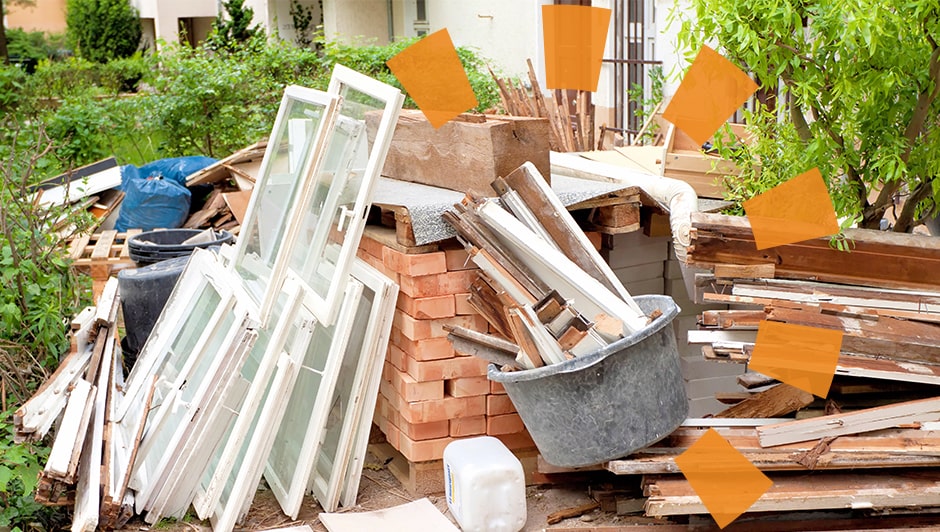Machines are everywhere these days. If people from the beginning of the Industrial Revolution could see the world today, they’d probably be amazed at all the advancements that have taken shape over the last two hundred years or so. They’d probably be in awe over the safety precautions that are now in place as well. Numerous devices and measures have been developed to keep workers safe while they’re doing their jobs. Machine guards are among the most important.
Looking at Different Types of Machine Guards
Machine guards serve as physical barriers to protect workers from moving parts and other hazards. Several types of machine guards are available. Each one serves its own role as a piece of Innovative Safety Equipment for Work. Different guards are right for various situations.
Fixed Machine Guards
Fixed machine guards are permanent barriers. Some are attached to machines to keep people from falling into them or getting their clothing caught in moving parts. Others are essentially gates that prevent people from getting too close to machines. They can be made of a variety of materials and designed for different types of machinery.

Movable Machine Guards
Movable guards, on the other hand, allow for temporary access to the machines they’re made for. Workers can open them or remove them to perform maintenance, load materials, or make adjustments as needed. They give workers access to the machines they’re operating, but additional safety protocols must be in place when those guards are removed to further prevent injuries.
Interlocking Machine Guards
Interlocking guards are a bit more complex than some other options. They have built-in mechanisms that prevent machines from operating when the guards are open. To disengage the safety mechanisms and allow the machines to start up, the guards must be fully closed. That prevents accidents that could otherwise take place if the guards aren’t properly closed.
Presence Sensors
Presence sensors are also among the more advanced types of machine guards. They can detect when people’s hands or other obstructions are in the paths of moving parts. If they detect obstructions, they automatically shut down the machines they’re installed on. Laser scanners, light curtains, and pressure-sensitive mats are a few of the most common types of presence-sensing devices.
Two-Hand Controls
Some machines are equipped with two-hand controls. That means users must use both hands to operate them to ensure neither of their hands is within the danger zone of the machines. If users move one of their hands while operating machines with these safety mechanisms, they’ll automatically stop.
Adjustable Guards
Though many machine guards are fixed, some are adjustable. Workers can reposition certain types of these guards for different machine setups. Others are self-adjusting. They automatically adapt to different setups without human intervention.
Maintaining Safety in Manufacturing
Numerous safety innovations are now in place to safeguard workers who operate machinery. Machine guards are among the most essential. Several types are available to accommodate different types of machinery and various operating requirements. Choosing the right one for a specific application depends on an array of factors, including the machine itself, operating procedures, and the potential hazards involved.





